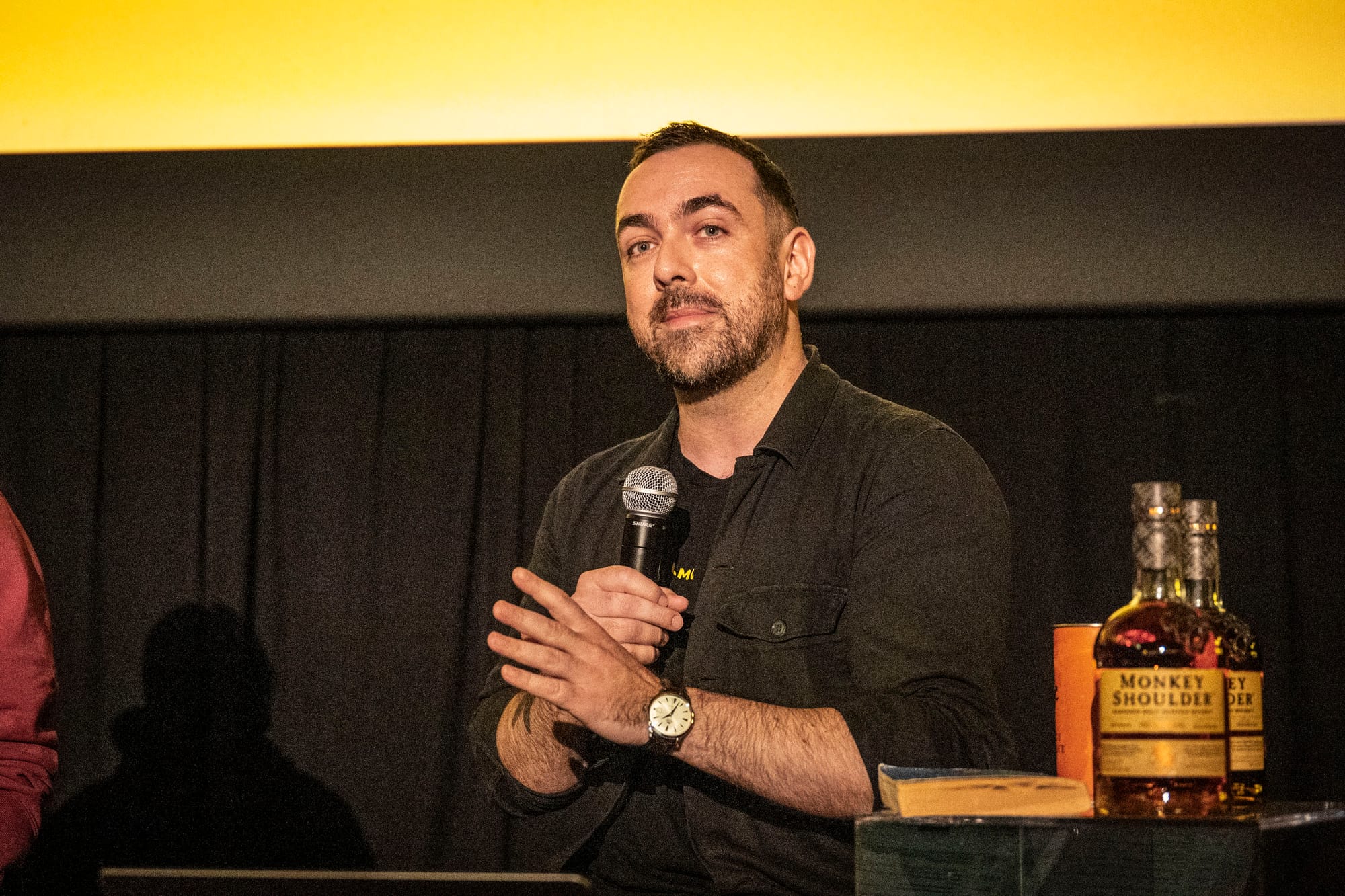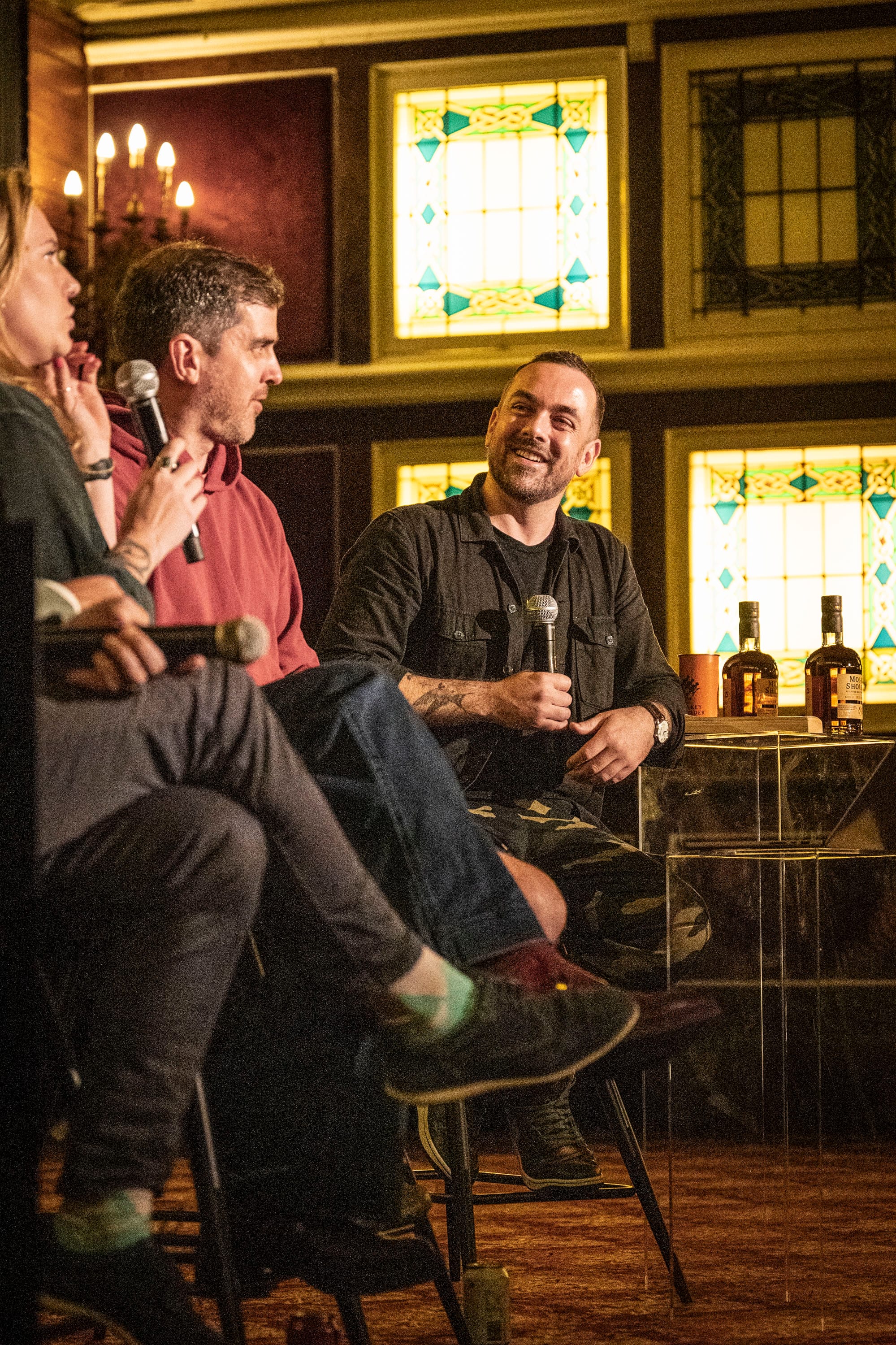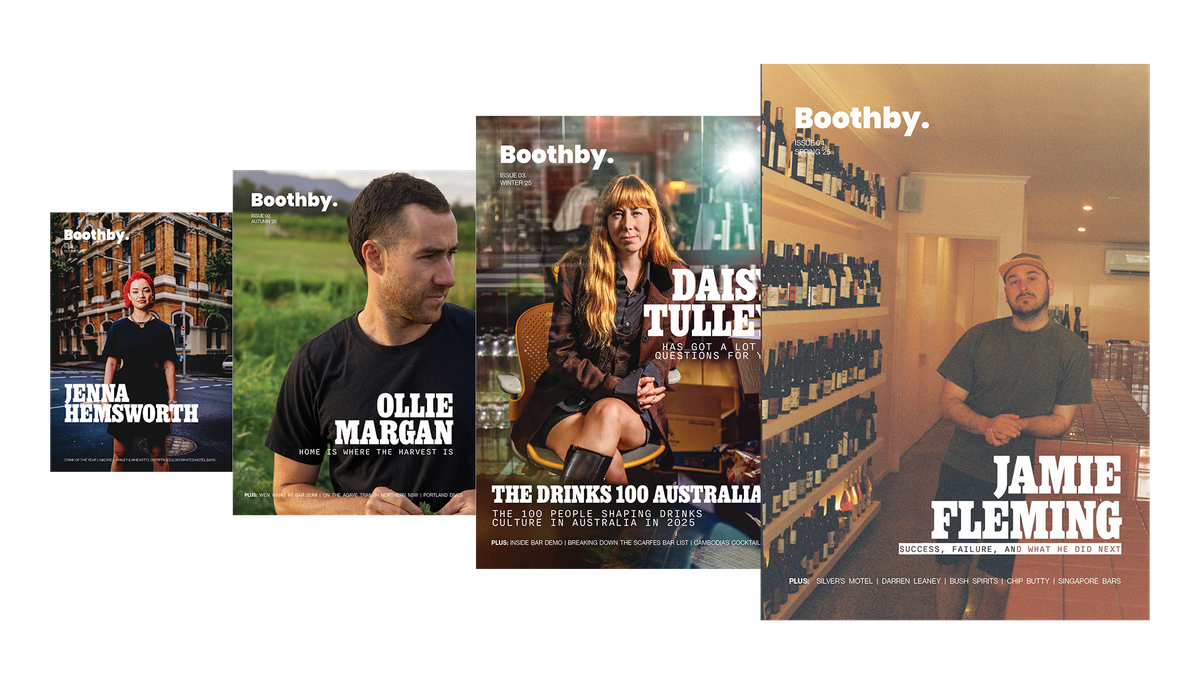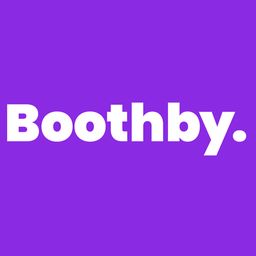Unlike other industries, there is a strong two way relationship between bars and brands in our line of the hospitality business. Brands help Barrs get better pricing, often offer some marketing support, and even sometimes cough up the cash for those far-flung guest shifts bartenders want to do.
But just as there’s no such thing as a free lunch, there’s no such thing as a free guest shift. Working with brands is a two-way street — they’ll want something in return.
At Bartenders’ Weekender back in June in Brisbane, this was one of the topics we tackled during the Better Bars Summit we co-hosted with Monkey Shoulder.

In a panel discussion hosted by Glenfiddich and The Balvenie ambassador, Ross Blainey, he spoke to Monkey Shoulder & Sailor Jerry ambassador Rachael Bartlett, ALM’s Shawn Elliott, and Brisbane bar owner (and former brand ambassador) Pete Hollands about how bars can get the most from their interactions with brands.
You can listen to the chat in full in the podcast player of your choice, and get a lot at a few key takeaways from the chat below.

“Wear some long trousers.” — Pete Hollands
That might be one of my favourite pieces of advice from the chat — kudos to Pete Hollands for that one. It goes without saying, except it doesn’t because the bar world isn’t always known for its sartorial suitability. You want to look professional in your meetings with brands — you don’t need to be wearing a fancy suit, but turn up looking presentable, be prepared, and be switched on. You don’t want to waste your time, so don’t waste theirs.
“Make sure half your presentation is what you can give them.” — Pete Hollands
As Rachael Bartlett says in the talk, you need to “understand it is a give and take.” Pete’s advice is that when you put together your pitch deck — see below — you want to spend as much time talking about what you can do for the brand (and how whatever it is your pitching can benefit them) as you do talking about what you want from them. If you can spend more time on the benefits for the brand, even better.
“If you have a deck — it doesn’t have to be fancy — you’ve instantly got their attention.” — Ross Blainey
Again, this is a presentation point — it shows that you’ve thought about what you are proposing, and you’re prepared. So what is a deck? It’s a short document (maybe it’s a powerpoint slide show, or a simple pdf), it doesn’t have to be immensely detailed, and it doesn’t need to run super long — a few pages should suffice. You just want to include the aims, benefits, and costs, and make sure you’ve got a solid and thought-through idea with a few key takeaways.
“Make it easy to say yes.” — Ross Blainey
This, again, is about doing the work and being prepared. Anticipate the questions your brand partners will have, and have the answers ready. Make it so they get a good deal. Make sure you understand their brand and what they’re trying to achieve and make sure their goals suit your concept. Make it easy for them to tick off and say yes.
“We want to get that information out to everyone so they can make the decisions that’s right for their business.” — Shawn Elliott
Shawn is the national channel manager for on premise at ALM On-Premise, and someone with a unique view of which spirits categories (and brands) are working across the country. Your wholesaler — in this case, ALM — should be able to provide you with data to help you make decisions about what to range and what is coming down the pipeline. “I’ve seen the brand plans for the top 50 suppliers within the country,” he says. “We know what’s coming through and it’s picking it and going, hey, what do we think is going to work?”












